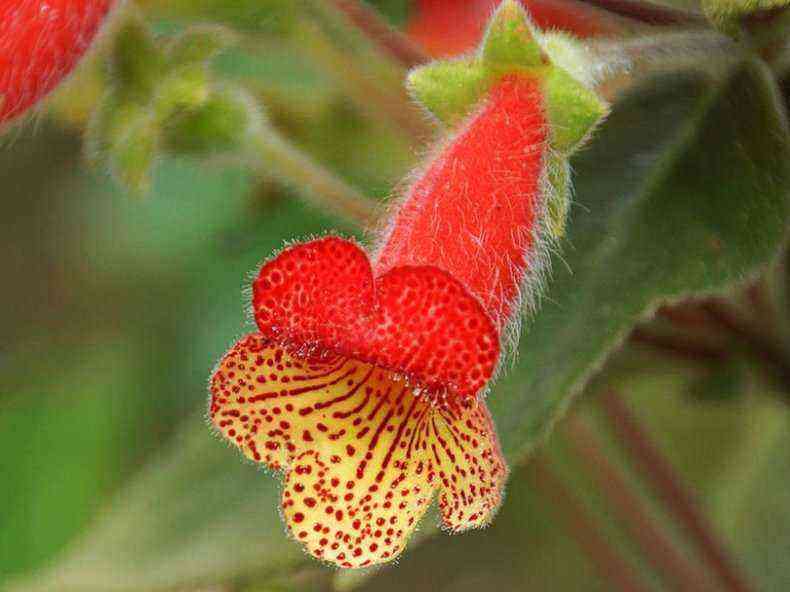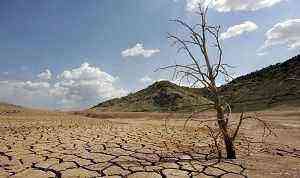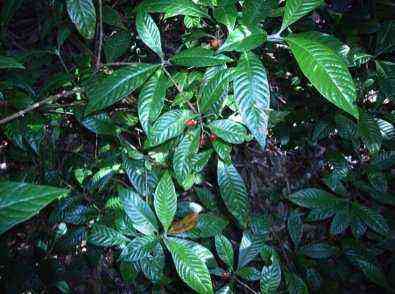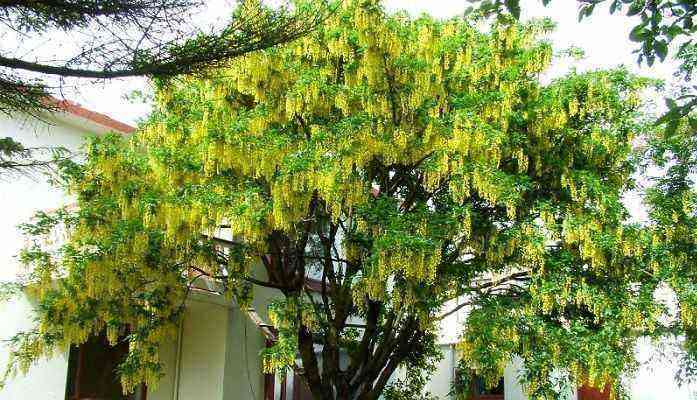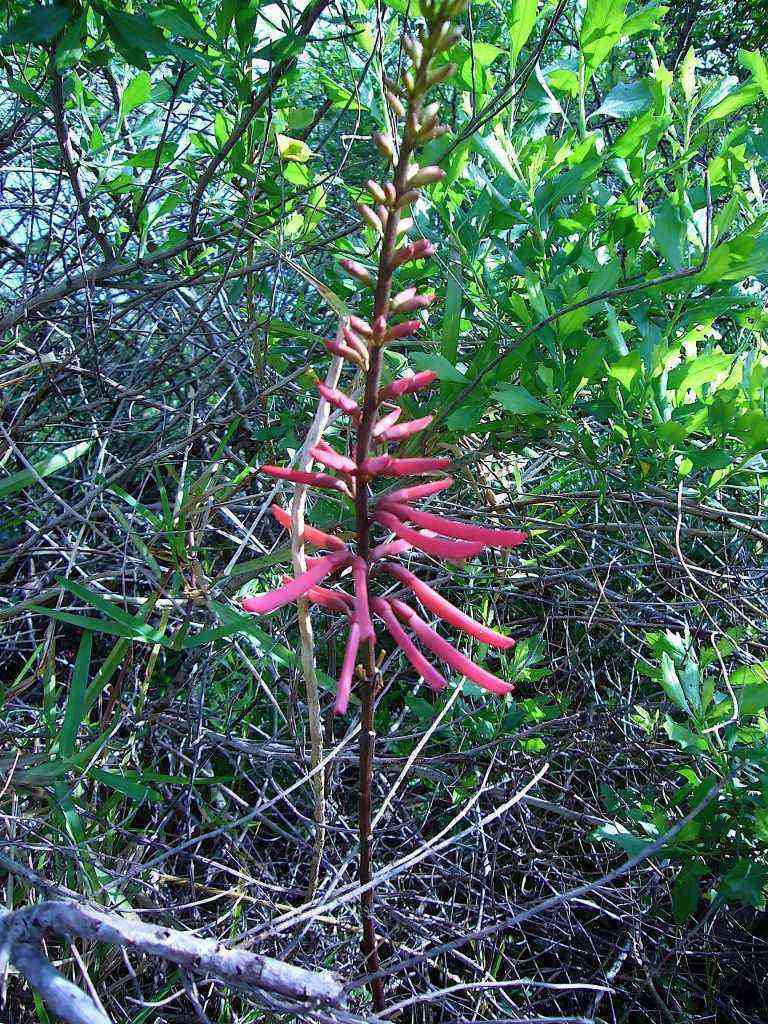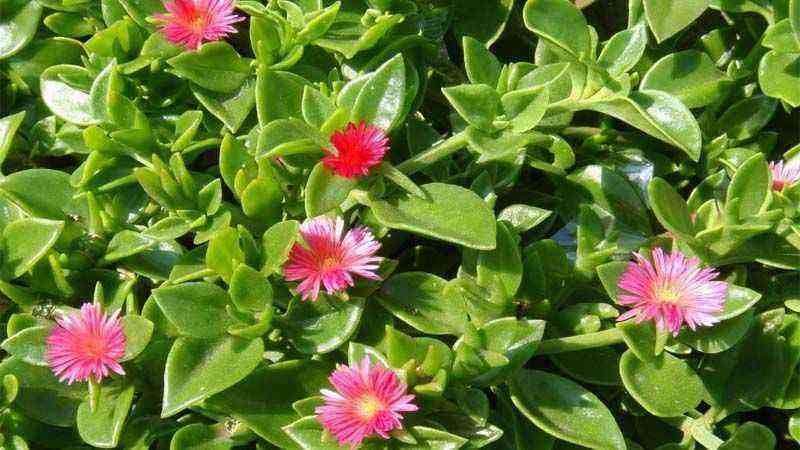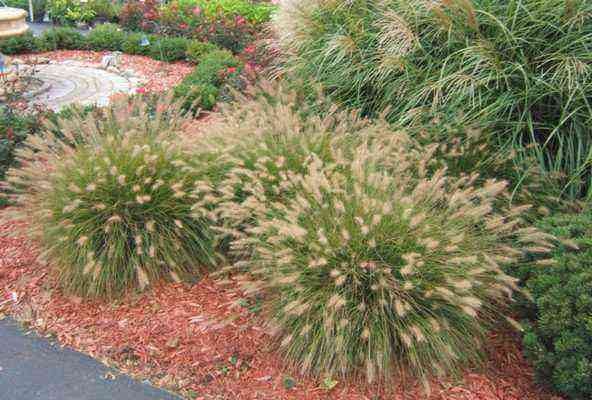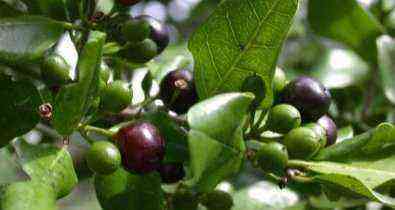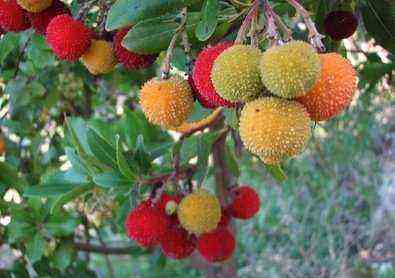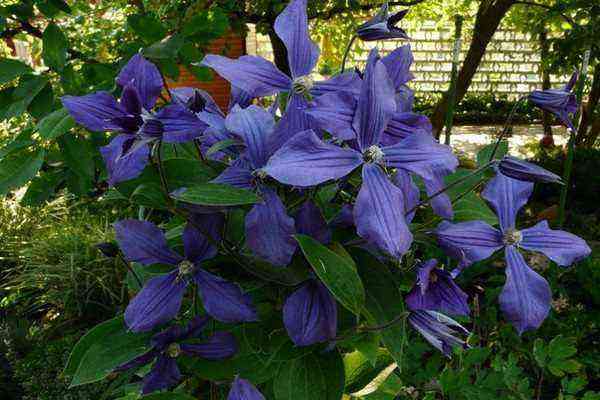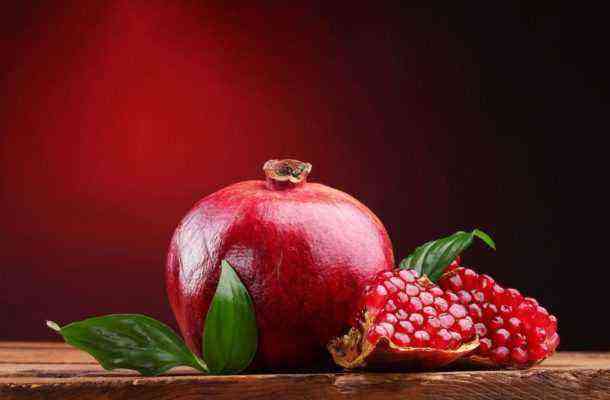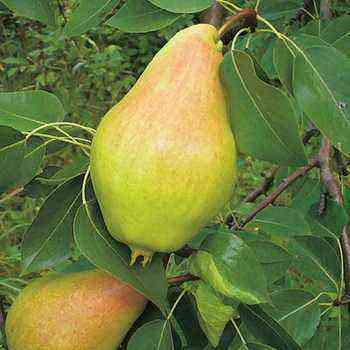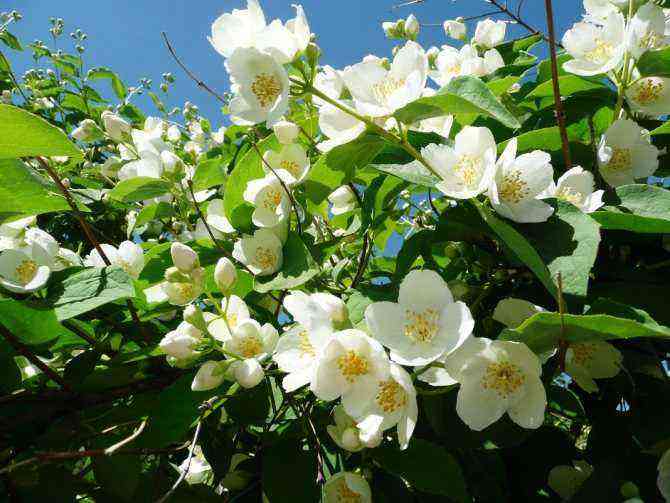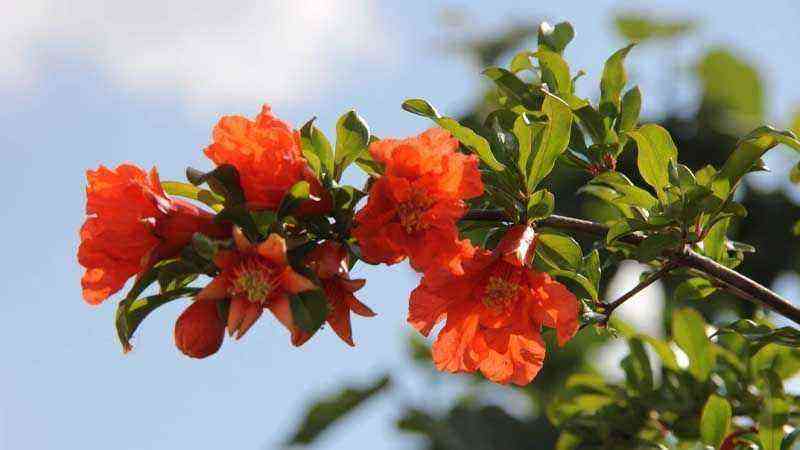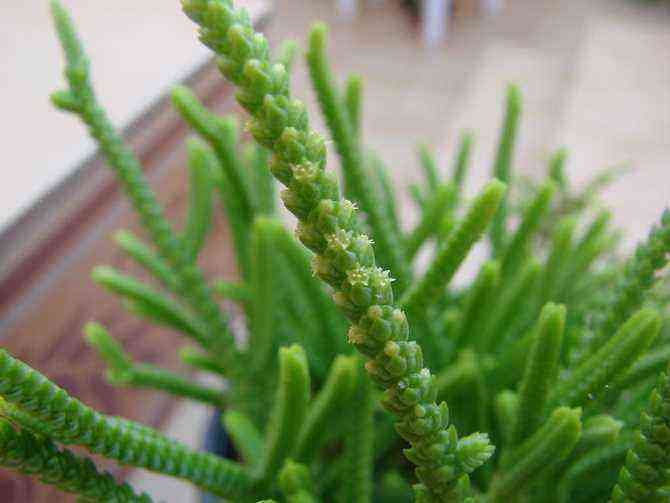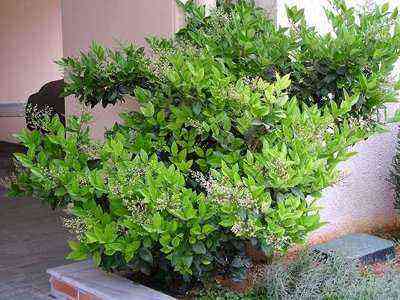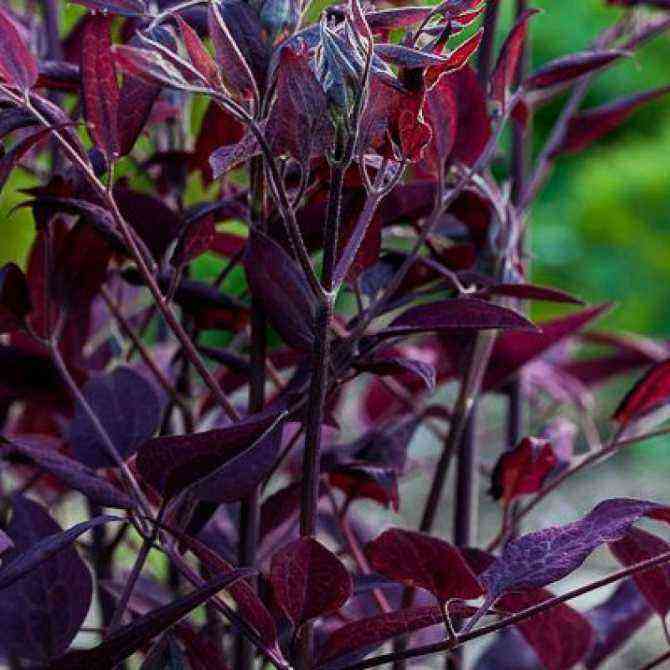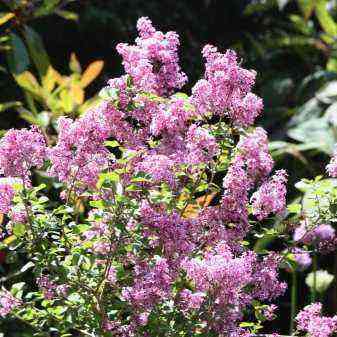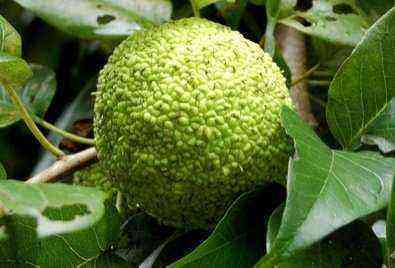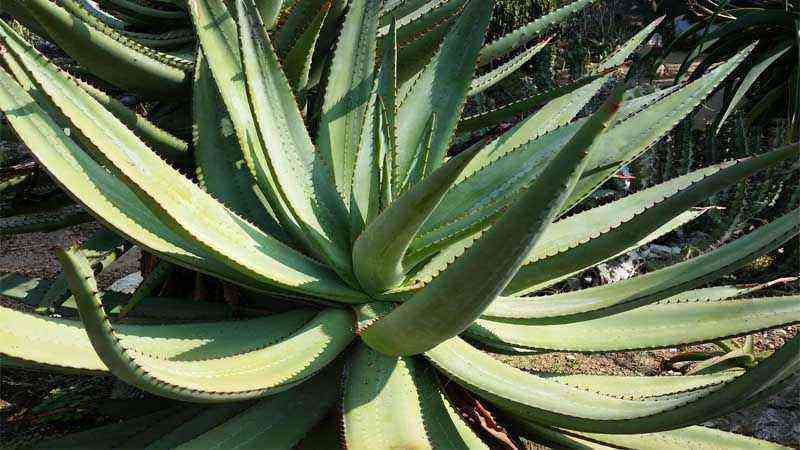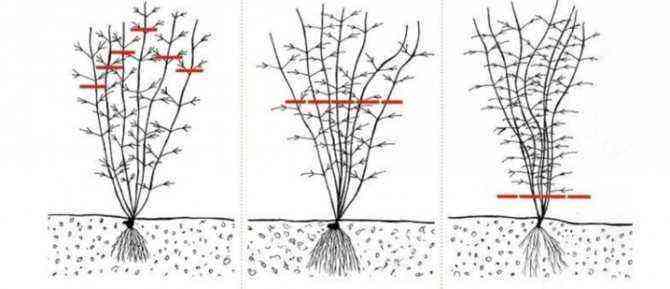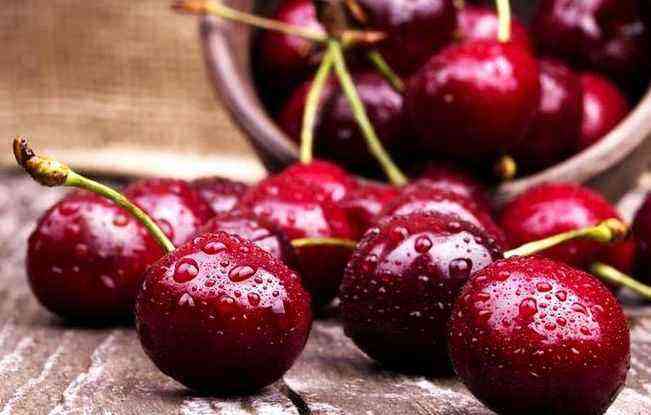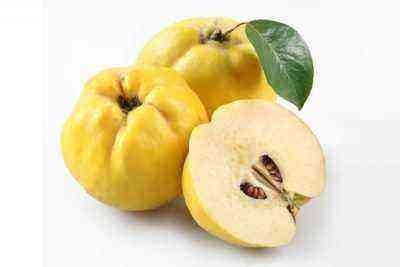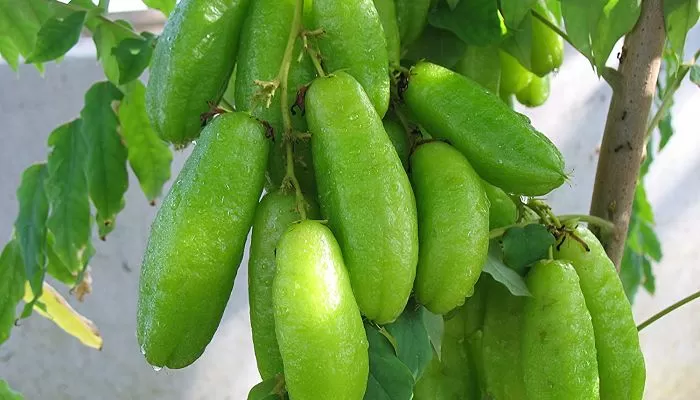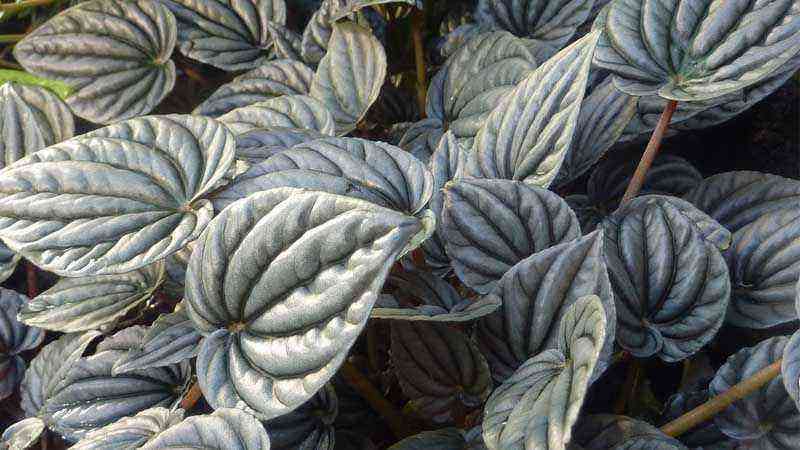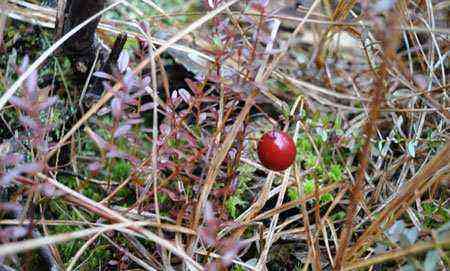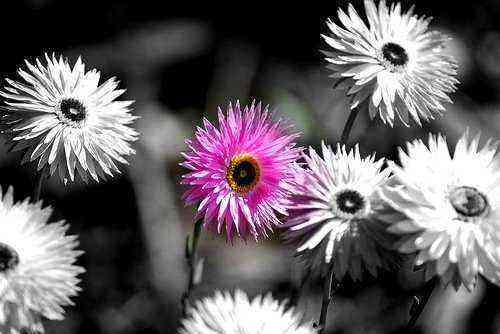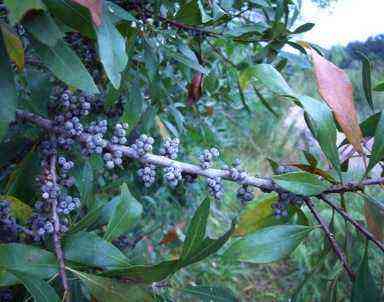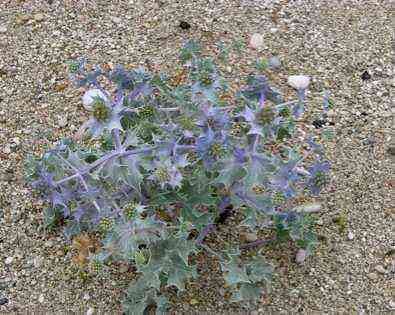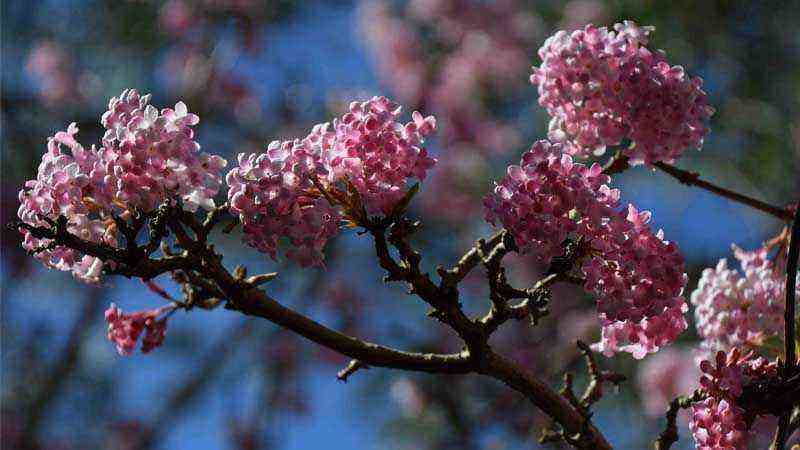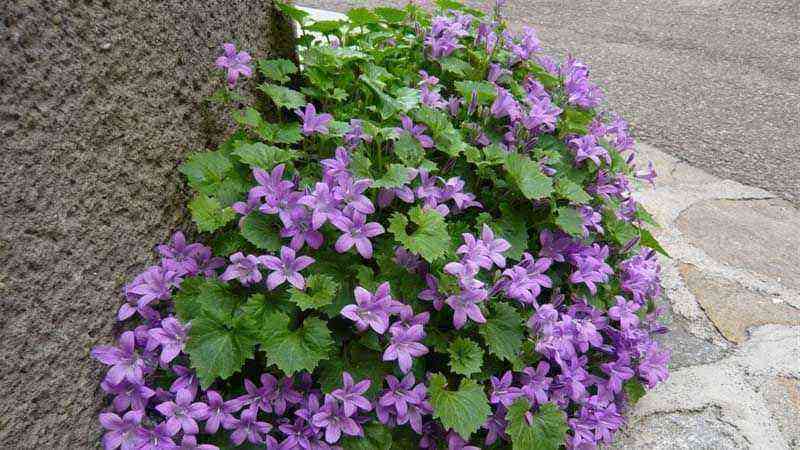Hello, friends! If there are coniferous plantations on your site, then you probably wondered about the diseases of conifers and their treatment. Although conifers are not particularly capricious in their care, you still need to know something about their diseases.
Signs of any disease are determined by the condition of the needles, whether it is a cedar or a thuja: the tips of the branches turn yellow, begin to dry out, “bald patches” appear among the green vegetation, which will never grow, the tree itself looks sloppy and unkempt.
Fusarium (tracheomycotic wilting) of conifers and shrubs
Signs: the crown becomes thinner, acquires an unnatural reddish or reddish color, the branches and the entire crown gradually dry out. In gardening and landscape design, it is found in thujas, firs, various types of pines, firs. Roots and vessels are affected, as a result of which, due to the clogging of the lumen of the vessels with mycelium and the poisoning effect of the fungus, the normal nutrition of the plants stops and their wilting occurs. In seedlings, the root collar is affected primarily, in young and adult plants, the roots and the vascular system.
The disease is most dangerous for young seedlings and seedlings, transplanted crops, in heavily thickened monoplants. Preventive measures: use of high-quality planting material, preventive treatments with contact and biofungicides. If fusarium has already arisen in plantings, then the infected plants are destroyed and the soil is disinfected.
Non-communicable coniferous diseases and remedial measures
Burn. Solar radiation is especially dangerous for young trees. The snow cover reflects the rays, enhances the evaporation of moisture. Roots in frozen ground cannot compensate for the loss. Sap flow begins when the soil warms up to + 4 ° C, until this temperature the roots sleep. Young conifers planted in autumn can die from burns. I lost a young pine tree, we did not shelter for the winter. I noticed that glare from greenhouses, windows of houses, shiny roofs act like mirrors. If brown or yellowish spots appear on the crown, you need to look for where the bright light comes from.
Friends! As part of our portal, we launched a book on how to make a lawn with your own hands. If this topic interests you, then READ MORE >>
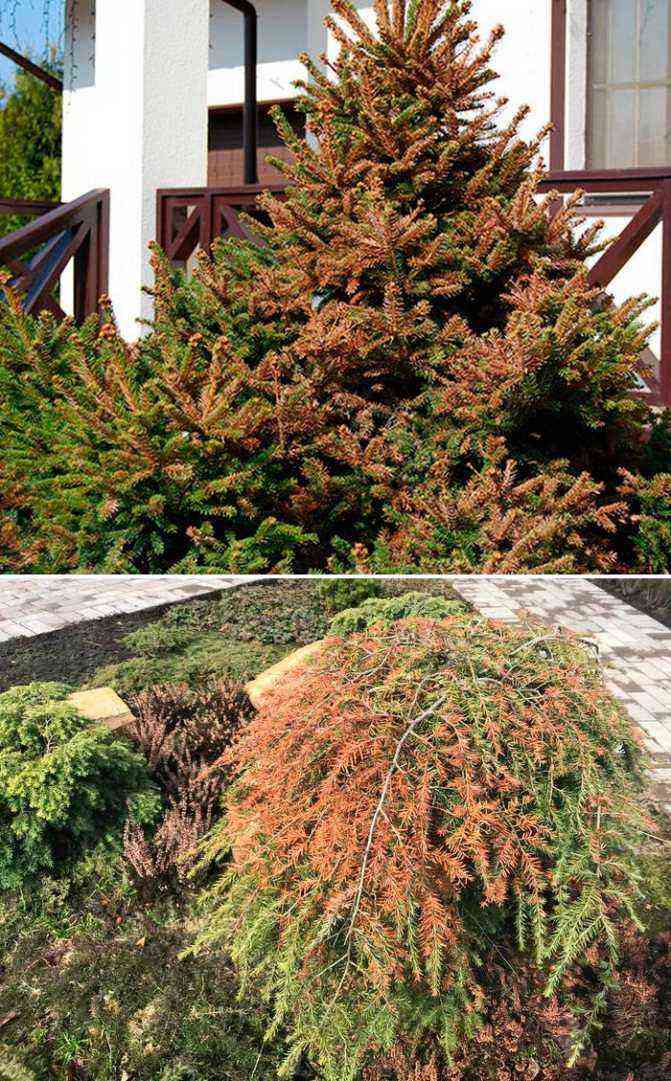

Spring sun protection measures:
- Spraying helps young trees – the branches are abundantly moistened with a spray bottle or garden sprayer.
- You can put sacking or covering material on small trees in the spring or in the fall. It will protect you from the scorching sun and drying wind.
- Scattering black earth or ash on the snow, they “start” the process of snow melting, the roots begin to absorb moisture.
When planting trees, it is important to maintain the integrity of the root earthen coma. When seedlings are purchased in pots, they take root better. Pine trees are more resistant to transplanting, their needles grow after rooting. The most capricious is the forest spruce. She is usually sick for a long time, it is advisable to shade her in the spring during the first three years. From junipers I advise varieties “Skyrocket”, “Blualps” (Cossack).
Other causes of yellowing of needles:
- Mechanical injuries to trees occur due to snow load, damage by animals.
- An undeveloped root system is typical for weakened seedlings, it is better to immediately choose a worthy planting material.
- With strong return frosts with active melting of snow, the bark cracks, it must be checked, the cracks must be covered with pitch.
- In flooded places, stagnant water provokes the development of root rot, changes the acidity of the soil.
The resistance of conifers to non-infectious lesions is increased by bioactive drugs:
- Kornevin (stimulates the growth of the root system)
- Super humisol is a balanced mixture of trace elements and minerals;
- Zircon is a complex drug;
- Siliplant is a silicon-containing chelated micronutrient fertilizer.
Timely feeding strengthens the immunity of plants well, they are less susceptible to burns, they grow faster in spring.
Examples of the development of the disease in coniferous plantings
Fusarium wilt
… Often tracheomycotic wilting can be found in tightly closed plantings of thuja in the form of hedges. The disease begins in shady, lower areas and gradually spreads to the entire hedge. It looks something like this. First, the crowns of thujas located in shady waterlogged zones acquire a grayish tint, then the needles turn brown and dry out, individual branches dry out one after another, the whole plant gradually dies. For several years, healthy plants are involved in the process, tightly adjacent to the diseased ones. Over time, the entire hedge loses its decorative effect and dries up. A similar pattern can often be found in areas where a thuja hedge surrounds the entire perimeter of the site, in dense old plantings, as well as on completely healthy-looking plants in mono-plantings after a particularly wet spring, or lingering rains in the summer.
It can also be found in forest areas with coniferous trees, where dense undergrowth was artificially formed – a large number of young spruces and pines were planted without regard to the requirements of crops for illumination, moisture and soil fertility. Often such plantings are doomed to gradual drying out.
Tui diseases and their treatment
Among the most common and dangerous diseases are such as schute, rust, late blight, necrosis, root rot, fusarium. Plants infected with them most often die. Therefore, it is necessary in the early stages to be able to recognize harmful symptoms and to carry out treatment on time.
Important! It is imperative that after cutting off old and damaged branches, they must be burned. Since these shoots can be a source of infection with diseases and pests.
Schutte
A fungal disease characterized by the following symptoms:
- needles turn yellow in the spring;
- a dense web appears on thujas, first gray, later becoming black-brown;
- the needles are glued together as a result.
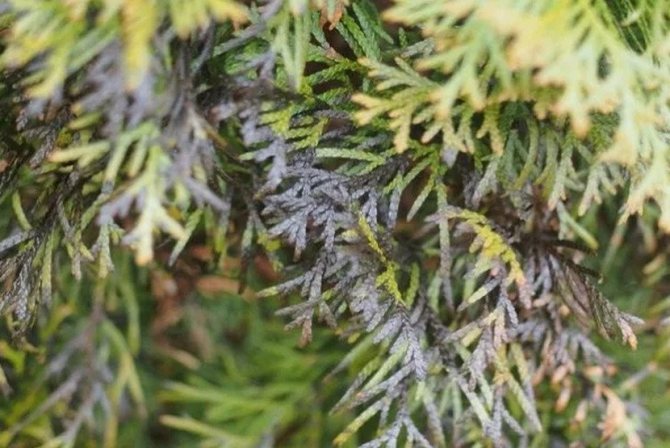
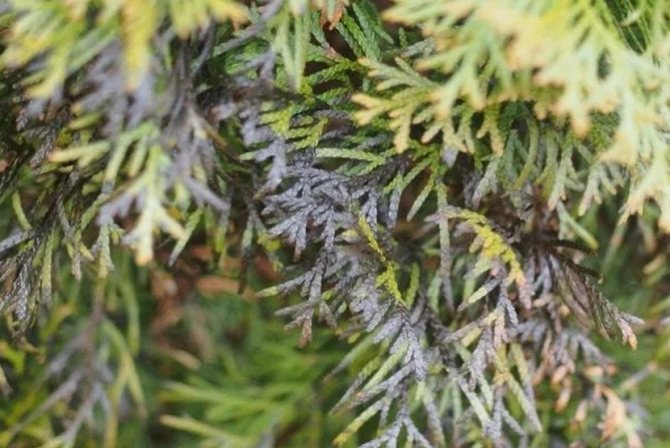
You can fight the disease by spraying with Topsin-M (15 g per 10 l of water), 0,7% Kurzat solution, 0,5% copper oxychloride solution, 0,2% Fundazol solution, etc. It is also very important to carry out preventive measures: cut off dry and diseased branches, treat with 1% Bordeaux mixture, iron or copper sulfate in spring and autumn.
Rust
The main signs of rust on thuja:
- the needles turn brown and fall off;
- mainly young shoots are affected.
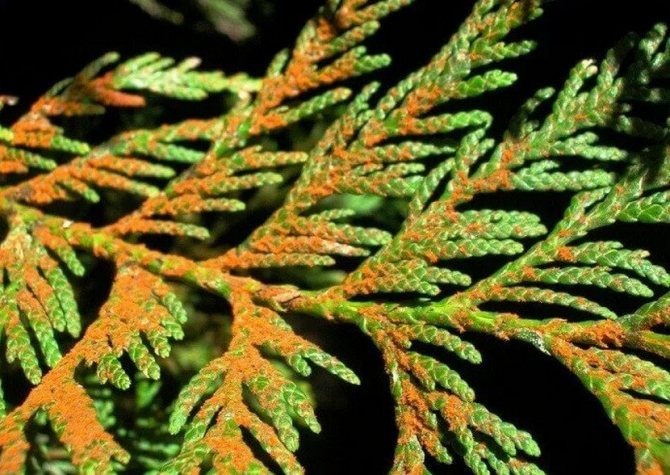
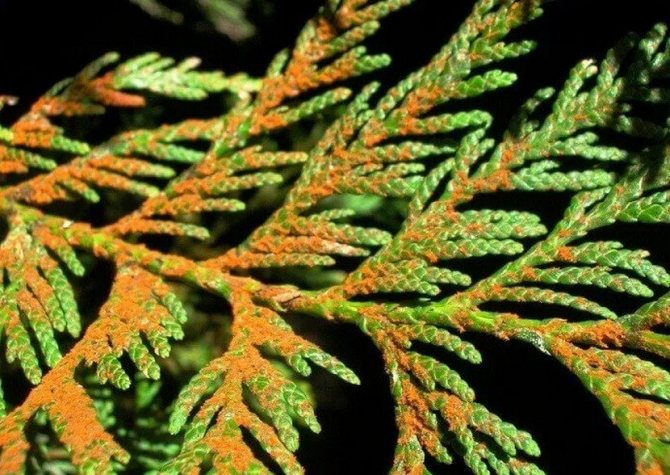
For the treatment of this ailment, it is best to use the drug “HOM” (40 g per 10 liters of water)… Spray in spring and summer (in case of repeated occurrence). You can also treat the near-stem zone with the chemical Fundazol (20 g per 10 l of water). For prophylaxis purposes, you need to use the HOM fungicide only once in the spring.
Treatment
Fusarium is difficult to treat. If a disease has arisen, then the reason for this could be the use of low-quality plants, their improper planting, and insufficient care. It is necessary to first determine what is the cause of the development of the disease. If wilting is caused by stagnant waterlogging, then it must be eliminated before treatment. If the reason was poor-quality or diseased planting material, then it is more advisable to replace it with a preliminary thorough dressing of the soil with fungicides. It is better to abandon the use of plants susceptible to fusarium altogether, and plant resistant crops or wait several years before planting remote crops.
If the plants are planted too tightly, there is no normal lighting and ventilation, then pruning and cutting of interfering specimens is carried out. In this case, it is necessary to observe precautions: treat the instruments with antiseptic preparations when moving from one copy to another. For this, a solution of alcohol, medical antiseptics (Chlorhexidine, Miramistin), concentrated solutions of fungicides is suitable.
If the development of wilting was facilitated by excessive zeal in feeding the plants, then you should reconsider the actions performed and forever abandon the introduction of fresh manure, unpereved plant residues.
The treatment of diseased plants itself includes external treatment of crowns with systemic fungicides, the introduction of adapted fungicidal preparations under the bark of tree crops (), etching and disinfection of soils. All these activities should be carried out several times with an interval of 2-4 weeks. After elimination of the symptoms of the disease, treatment should not be stopped, but continued until a stable result is achieved.
The method of treatment is selected individually based on the current situation. For thickened old monoplants with the loss of half of the plant specimens, for example, the best solution would be to completely remove the remaining plants and replace them with resistant species. And for young gardens with plants improperly arranged by landscape designers, with drying out of single specimens, it is necessary to carry out comprehensive measures to improve the garden (spraying, transplanting, feeding, etc.), which will eliminate possible risks in the distant future and significantly reduce future costs for garden maintenance.
Self-treatment of fusarium in the garden
On the Internet, you can find a large amount of conflicting information about the use of certain chemicals for the treatment of fusarium. We deliberately do not provide treatment regimens, since we have repeatedly encountered in our practice with the incorrect use of chemicals.
On the Internet, many texts are simply copied or rewritten. For an ignorant person who writes an article (and believe me, it is these people who most often fill sites with information, simply rewriting other people’s articles), it is impossible to correctly navigate the unfamiliar names of pesticides. These titles migrate invariably from article to article. And the gardener, who easily found a life-saving treatment plan on the Internet (and even more so met it on other pages of other sites and established himself in his correct choice), is unaware that the described scheme was originally rewritten from a textbook fifty years ago, then it was transformed beyond recognition copywriters and rewriters, and, most importantly, she worked fifty years ago, but not now! As a result, a gardener or a new-born gardener, who grew up in a hot plain and has never seen conifers before, acquires a foundation in the store, and abundantly waters the garden with it. Not having achieved the desired result, he goes to the store for Skor or Topaz, repeats the processing. Then again Fundazol. And so on, according to the scheme and at its own discretion …
Amateurishness in this case can lead to:
- to chemical burns of plants,
- to the deformities of growth,
- resistance (resistance) of the pathogen to commonly used drugs (occurs most often),
- poisoning of people and animals,
- poisoning the soil for many years.
Therefore, we do not describe “one hundred percent” treatment plans on this site, but give face-to-face consultations and help online in correspondence by e-mail. Write or call, do not look for a simple solution on the Internet and beware of scammers. Yes, yes, and there are scammers among gardeners and phytopathologists! If you are planning to hire a specialist, ask about his qualifications and education before starting work with him.
Many have spruce trees in their backyards. They delight the eye, give a pleasant aroma. But just like other plants, they are susceptible to disease. To keep the plant healthy, you need to make every effort, create good care.
Infectious diseases of coniferous plants: prevention and treatment
Fungal diseases on all crops are treated in about the same way; in the preventive treatment of fruit and vegetable crops, we must treat the conifers with Bordeaux liquid. If the plant still gets sick, they resort to purchased drugs. It is important to correctly establish the cause of the defeat in order to determine which product to purchase.
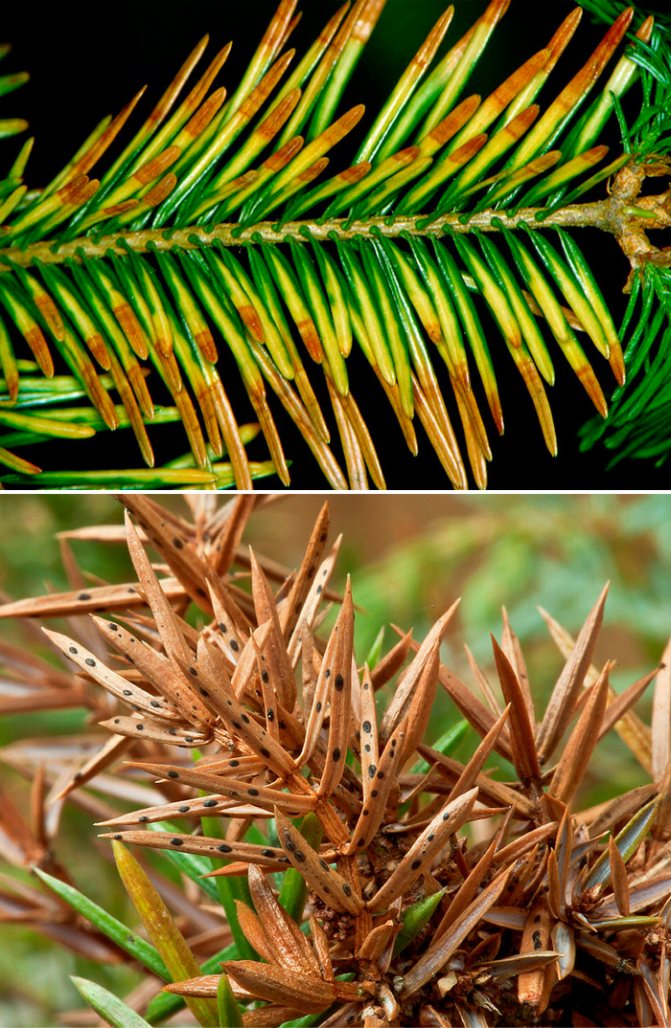

I’ll start with the Schütte winter illness, the fungus develops under the snow, when it is about 0 ° C. Symptoms appear in spring or summer. According to the description, the disease is not similar to other fungal infections, it appears on pins and needles:
- gray-black bloom;
- small dots.
The needles darken or turn yellow, fall off.
Control measures:
- sulfur-lime broth – 3 times over the summer;
- two treatments are enough with “Abiga-Peak” and “HOM” preparations.
Be sure to shed the soil to a depth of 5 cm.
Rust is similar to fruit tree lesions. Traditional methods of treatment: fungicides and medicinal preparations.
Pine twirl is manifested by the curvature of the growth. Yellow-orange swellings appear. For treatment, you will need Fundazol, two treatments are enough.
Fusarium develops in the soil at the roots of pines, spruces, larch, fir, when it is too damp. The central part of the crown falls off.

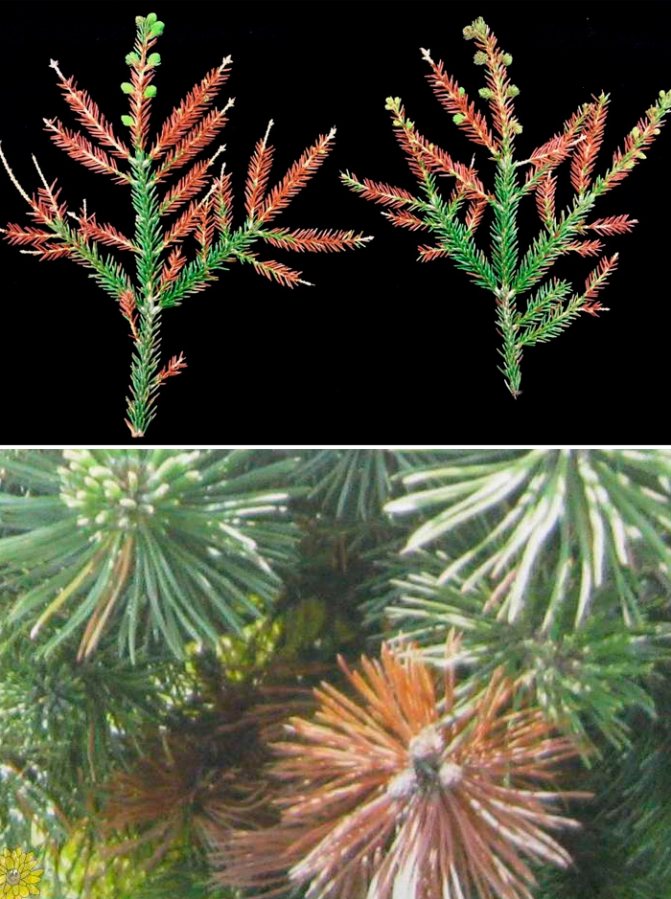
Friends! As part of our portal, we launched a book on how to make a lawn with your own hands. If this topic interests you, then READ MORE >>
Drainage is carried out, the use of “Fitosporin”, “Alirin” will help revive the trees, they will turn green again if the branches do not have time to dry out completely.
Alternaria is terrible for junipers, thujas growing in the shade. Blackish, dark gray spots spread along the needles. The affected branches are removed. For the treatment of conifers, formulations with copper sulfate or an infusion of celandine are used. The fungus must be suppressed until late autumn.
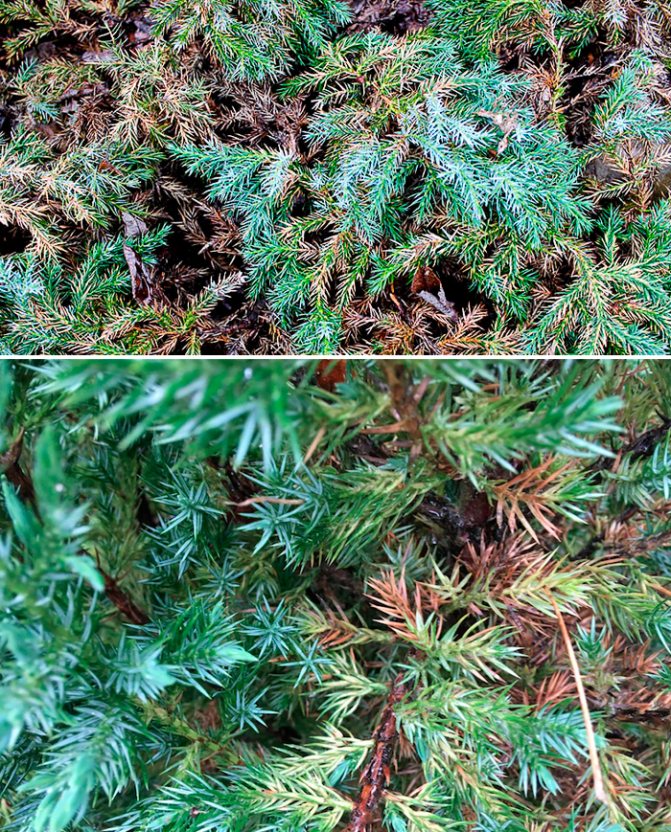

Bacteriosis is characterized by pallor of the needles, it begins to crumble from a light touch. This disease cannot be cured. For prophylaxis, treatment with “Fitosporin” is carried out.
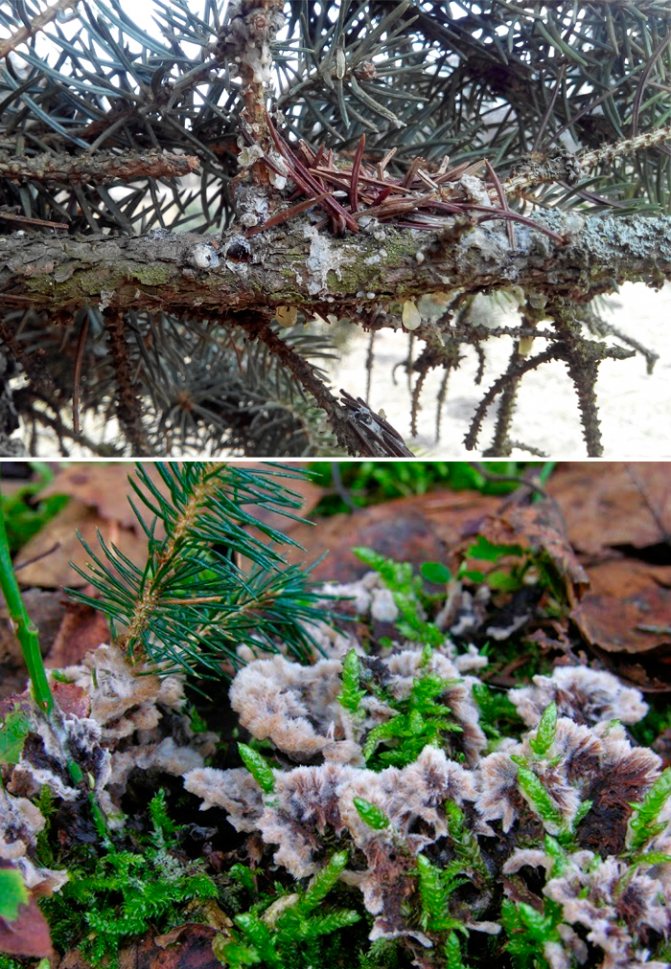
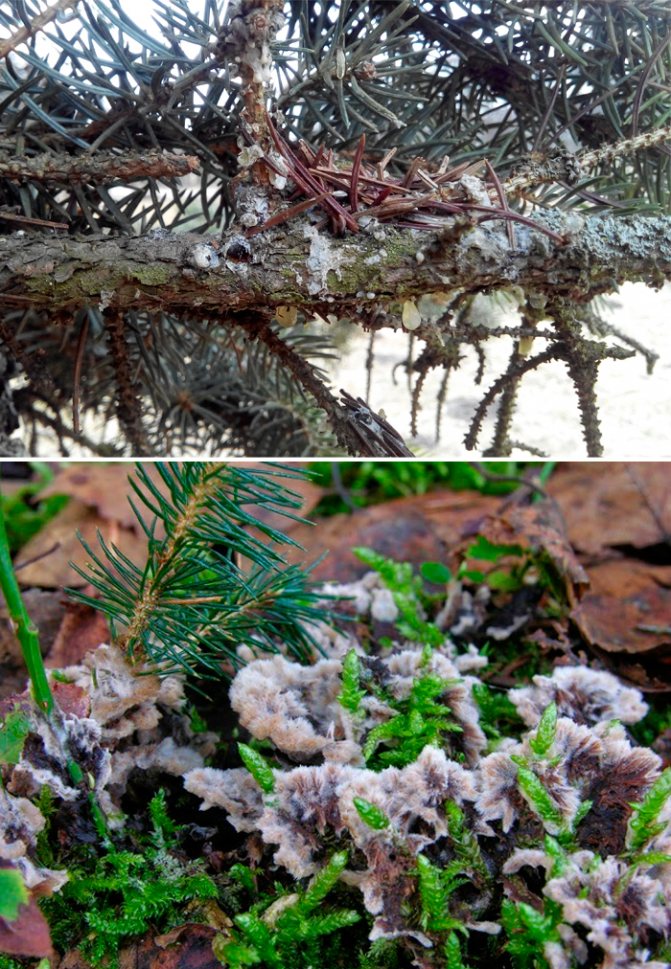
Biotorella cancer is dangerous because it infects wood. When an infection hits, the color of the young bark changes, it becomes brown, then cracks, dies off. Long, elongated ulcers are formed, they are covered with resinous fungal growths.
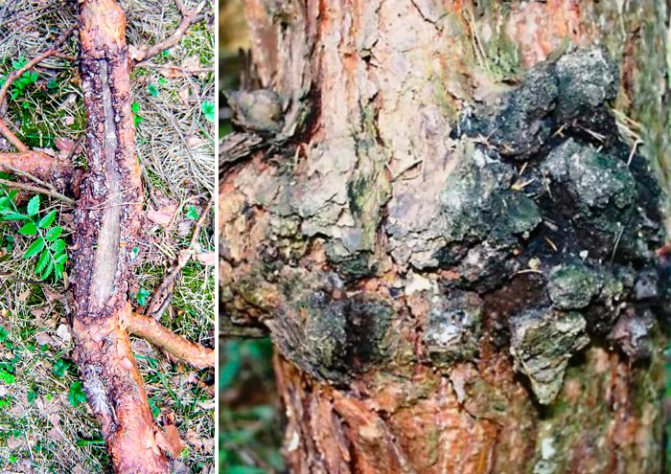

Gradually, the tree dies, the needles turn yellow, crumble. The treatment requires triple treatment at intervals of 2 weeks. It is important to wet the soil well with preparations.
Causes of diseases
The main problems are caused by fungi, infections, various insects. Most often, the reason is improper care, inappropriate place, soil, and another number of reasons:
- Stagnant water;
- Increased acidity of the soil;
- Planting trees too densely;
- Lack of sunlight;
- High humidity;
- Incorrect amount of applied fertilizer;
- Low temperature;
- Dry weather.
Let’s try to consider the most common pathologies affecting spruce.
Tui pests and the fight against them
In addition to fungal diseases, there are also other enemies of thuj – harmful insects (spider mites, aphids, bast beetle, speckled moth, leafworm). They also cause great damage to plants, often leading to their death.
Important! All chemicals must be used according to the instructions supplied with them. You should also adhere to the rules of your own safety when working with them.
spider mite
It mainly attacks trees growing on dry soils. The appearance of a spider mite on thuja is accompanied by the following:
- a cobweb appears on the branches;
- the needles are covered with yellow spots, crumble.
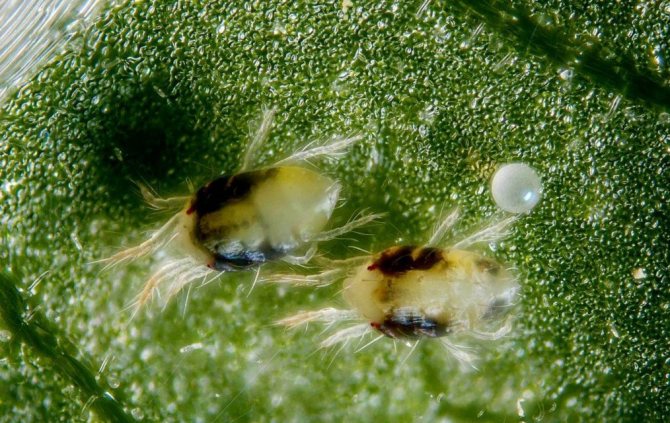
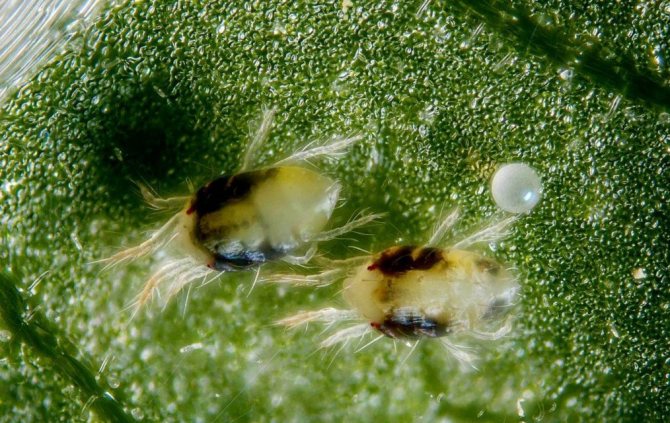
After the first signs appear, you need to treat the trees with dandelion infusions (pour 300 g of chopped dandelions in 10 liters of warm water and leave for 5 hours), garlic (150 g of dry garlic husk, pour 10 liters of water and leave for a day) or a solution of colloidal sulfur (40 g per 1 a bucket of water). Make sure that the thuja are moistened with cold water (this repels ticks).
You may be interested in information about thuja Pyramidalis Compact.
aphid
A harmful insect that sucks juice from young shoots. It can give up to 5 generations per season. Diseased trees have the following appearance:
- the needles turn brown;
- plants fall off for autumn and winter;
- aphids form colonies on surfaces in the form of a white bloom.
In this case, it is recommended to treat the thuja twice with the preparations “Karbofos” (60 g per 8 l of water), “Fitoverm” (4 ml per 1 l of water, working solution), etc.
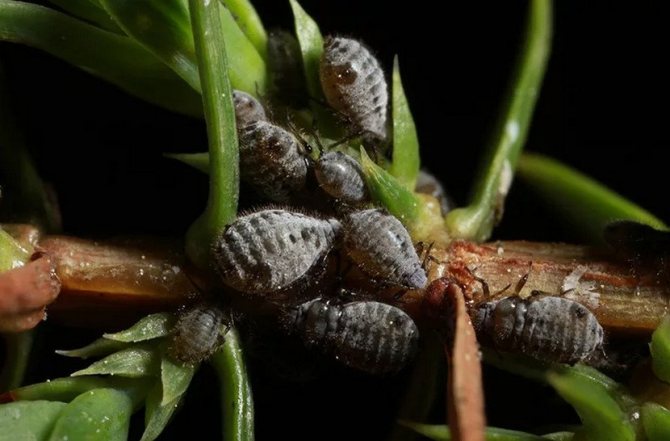

Luboed
Thuy bark beetle feeds on bark, bast, wood of branches, thereby severely damaging plants.
You can find it by the following signs:
- small holes are visible on the bark;
- shoots wither and dry out;
- the tree dies partially or completely.
Learn more about how to multiply thuja.
It is necessary to treat thuja from this insect with the help of insecticides such as “Karbofos” (90 g per 10 liters of water). In preventive measures, it is recommended to carefully examine young seedlings, thereby preventing infection of plants with a pest. In the spring, treat with a 1% solution of Bordeaux liquid.
Speckled moth
The small 4mm butterfly is a big threat to the coniferous tree. The harm done by her looks like this:
- the tops of the trees turn brown;
- the tips of the branches die off;
- small holes appear on damaged surfaces.
To prevent massive destruction of thuja, it is necessary to prune damaged shoots. Also spray with chemicals “Fumitoks Antiklesh”, “Tornado Antiklesh”, “Moskitol Antiklesh”.

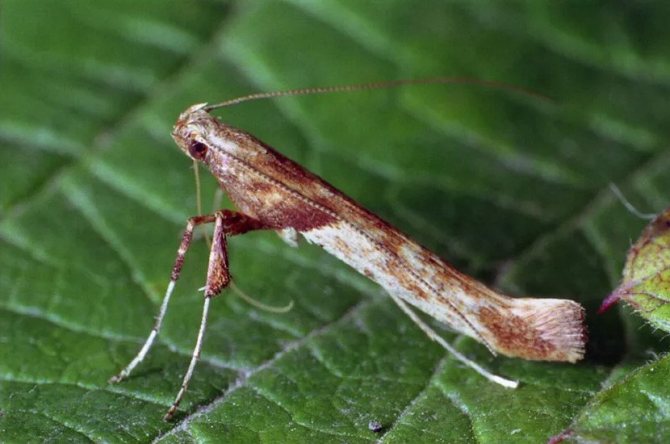
Leaf roll
Another common pest of tui is leafworm. The insect lays eggs in cracks in the bark, from which caterpillars hatch over time and eat young shoots.
It is characterized by the following signs:
- cocoons with caterpillars in the middle appear on the needles;
- a coniferous plant is wrapped in cobwebs;
- trees lose their beautiful appearance;
- thuja get sick and die.
Prevention consists in treating trees with Fufanon (1 ampoule for 1-2 liters of water working solution), Decis Profi (1 g for 10 liters of water), Actellik (15 g for 10 liters of water) …
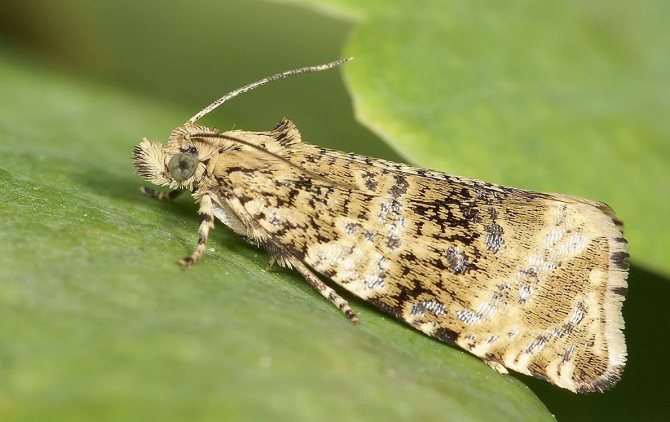

Schutte
This disease is caused by fungi. It appears at the end of spring. The needles become brown. Further progression leads to the appearance of black dots on the needles, with their further growth and spread. Thus, the needles disappear, the plant becomes bald, and subsequently dies. Young plantings are most susceptible. The fungus spreads in humid, warm weather.
Small trees, from which needles are crumbling, are ill with this shute. Already in the middle of summer, there are no needles on the spruce.
Brown shute, also caused by a fungus of only a different kind. Trees are infected in the fall, the fungus grows all winter, and the primary manifestations appear in early spring. The needles become gray, dull, as if covered with cobwebs. A good condition for the growth of fungi is high air humidity.
The snow shute affects all planted spruce trees. It begins on the needles, capturing an ever larger area. Gradually transferred to other plants. It multiplies well at low temperatures. Signs are gray films on trees. Mushrooms can maintain their activity for a long time in the fallen needles. Therefore, before planting new spruces, it is worth processing.
The fight against fungi is aimed at culling infected plants. Treatment of trees with special solutions.
Types of rust in conifers
The most common “uninvited guest” on pine and larch is fungal rust caused by several types of fungi. When bushes and trees are affected, yellow-orange spots appear on their needles in early spring.
Upon closer inspection, it can be seen that the spots are formed by yellow vesicular pustules, located randomly on both sides of the needles. After the fungus releases spores, its body darkens, becomes brown-red, and the branches of conifers look as if they are painted in a rusty color.
Bubble rust of pine or cedar looks somewhat different: it tends to infect the trunk of a tree and its branches. At the site of the introduction of the fungus, the bark bursts, at the site of the rupture, spore carriers, pale orange in color, become visible. The fungus rings the branch in a circle and its upper part dies off. If such ringing occurs under the crown, then the tree will die.
For treatment, fungicides “Skor” “Topaz” and “Strobi” are used, which clean the conifers well from these diseases and contribute to the rapid healing of wounds caused by the fungus. To heighten the effect, kartsid can and should be added to the solution with the drug. These preparations complement each other perfectly and the result after their treatment is truly stunning.
It should be noted that the spores of these fungi develop on weeds, and then they attack coniferous shrubs and trees, so removing weeds from the site is an excellent way to prevent these diseases.
Timely pruning of not only diseased branches, but even those that cause you concern, even if you are not sure that the tree is infected, can also be considered prevention. Try to create the most favorable conditions for the growth of young conifers:
- treat them with immunomodulators – growth regulators that increase the resistance of young seedlings to unfavorable stress conditions during cultivation and care;
- apply fertilizers and top dressing on time specifically for coniferous trees, make sure that everyone has enough “place in the sun”.
Super-humisol, Epin-extra, Siliplant and Nikfan have proven themselves to be excellent for root and foliar feeding of conifers.
If you have doubts about the health of young animals, do not hesitate to contact a specialist. One affected tree can mow down all the others in your area.
The roots of conifers are also affected by fungi. These soil-dwelling fungi lead to a gradual reddening (and then browning) of the roots, after which the roots die, and with them the plants die.
The fungus that has infected the roots also penetrates into the vascular system of the tree, filling the wood with its biomass, blocking the access of nutrients. The cut clearly shows the darkening of the core ring and xylem, the needles turn yellow and fall off, the tree or bush dries up.
This disease – fusarium desiccation or root rot – almost always proceeds in a latent form, you can guess nothing until the crown of your thuja or pine tree turns yellow and becomes “transparent”.
Unfortunately, it is almost impossible to treat such a disease, but it is in your power to prevent it. When transplanting to a permanent place, the seedling should be soaked for several hours in a solution of “Fitosporin-M”, “Vitaros” or “Maxim”.
If doubts have arisen after planting, as a preventive measure, you should abundantly shed soil around the roots with the same “Fitosporin-M”, “Agata-25K”, “Gamair”, or you can use a fungicide that is at hand.
Fungi are also to blame for the development of pine resin cancer, or a disease similar to it – seryanka cancer. But if the first mushroom develops initially on the marsh bluegrass and touch-sensitive, then the seryanka migrates from pine to pine.
Infection occurs through the needles, twigs, bark of young seedlings, from where the mycelium of the fungus spreads to the entire trunk. The affected area of the bark acquires a dark gray color, the tree itself dies after 2-3 years. If gray spots are found on the branches and trunks of conifers, it is necessary to immediately start spraying with “Fitosporin” or “Abigapik” and cut off all branches affected by fungi.
As a preventive measure, you need to adhere to the rule: do not plant aspen and poplar next to pines, stay away from black currant bushes.
So pine withers, like blister rust or columnar rust of currants, gets on conifers through currants and gooseberries, in which the leaves are primarily affected. Once on the needles of cedar or weymouth pine, the fungus gradually spreads throughout the tree.
In adult trees, the bark cracks, resin with amber-yellow bubbles abundantly flows out of the wounds, with the growth of the mycelium at the sites of the lesions, nodes form, above which the branch first bends, and then dries up altogether. Young saplings take on the appearance of “hunched over elders” and die.
Prevention and control measures for all types of rusts of conifers are the same – increasing resistance to diseases due to immunostimulants and the use of fungicides and micronutrients.
Pests dangerous for pine
If all the inhabitants of the kingdom of Flora were alive in the sense that we put into this word, the pine would surely envy a number of indoor and garden plants, which should be feared of only a few types of pests (mealybug, aphids, scale insects). In contrast, a pine tree should be afraid of a whole army of parasites, one listing of which can take more than one page. In addition, each part of it – wood, needles and even cones – has its own “hunters”. For example, pine needles are very fond of such representatives of the microcosm as:
- pine aphid.
- hermes.
- coniferous worms.
- pine shield.
- red pine sawfly.
- pine silkworm.
- shoots.
- pine moth.
- pine scoop.
- pine miner moth.
- spider mite.
Not only some animals like to feast on cones, but also cone fire and cone resin, and strong trunks are an excellent bait for such parasites as:
- pine bed bug (he is not at all opposed to harming young needles).
- large and small pine beetle.
- pine barbel.
- blue pine goldfish.
- pine elephant.
- point resin.
And this is not counting various diseases such as rust and common shute …
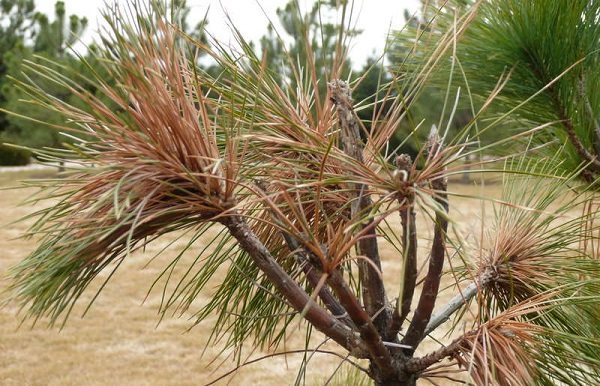

What and when to fertilize
Starting from planting (for better rooting and adaptation in a new place), and throughout the entire period of active growth (for the formation of a healthy skeleton and lush crown), thuja need regular feeding with mineral and organic fertilizers.
Coniferous trees and shrubs are capable of independently extracting from the soil all the necessary conifers and shrubs only in adulthood after the final formation of the root system. But even then we periodically feed our evergreen pets so that they do not suffer from natural depletion of the soil. This should be done less often than during the period of active growth, but throughout the life of a tree or shrub.
Surface application of complex fertilizer in the root zone of thuja
Let’s consider in more detail the better to feed the thuja, how to do it correctly, what frequency must be observed.
